Research Themes

Active Sensing
These projects involve assessments that require people to perform a particular task in order to learn something about their health.

Passive Sensing
These projects involve the use of sensors to detect digital health biomarkers without requiring direct involvement from the people being monitored.

Design
These projects involve studying people's experiences as they interact with health-related technologies.
Ongoing Projects
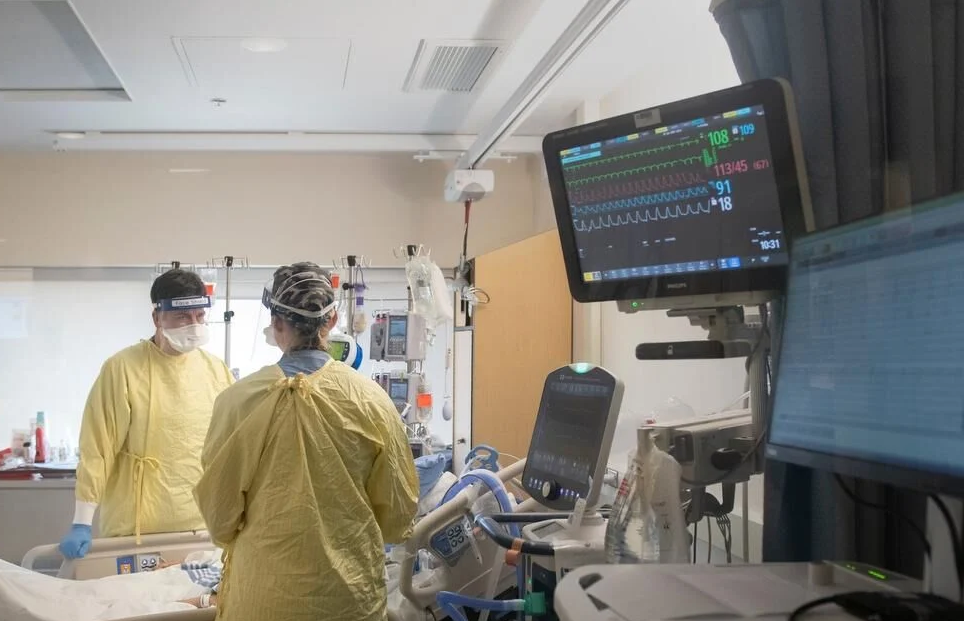
Clinical Bedside Alarms
Project Lead(s): Ian Ruffolo
Goal: To improve the accuracy of clinical alarms using machine learning on multimodal non-invasive signals
Theme(s): Passive Sensing
Skill(s) Involved: Digital Signal Processing
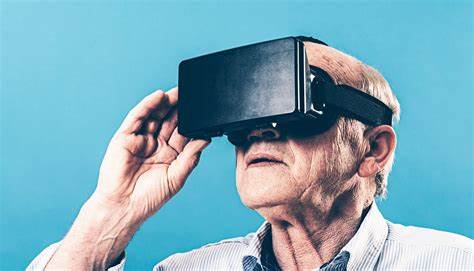
Virtual Reality for Cognitive Exams
Project Lead(s): Andrii Lenyshyn
Goal: To improve upon traditional paper-based cognitive assessments like the Flanker test with virtual reality.
Theme(s): Active Sensing
Skill(s) Involved: Interface Design, Statistics

Respiratory Assessments Through Speech Analysis
Project Lead(s): Sejal Bhalla, Salaar Liaqat
Goal: To identify symptoms related to chronic obstructive pulmonary disease (COPD) in speech extracted from continuously recorded smartwatch audio
Theme(s): Passive Sensing
Skill(s) Involved: Digital Signal Processing, Statistics, Machine Learning

Digital Scribes
Project Lead(s): Katherine Jelich
Goal: To understand how clinicians use digital scribes in their workflows
Theme(s): Design
Skill(s) Involved: Qualitative Methods
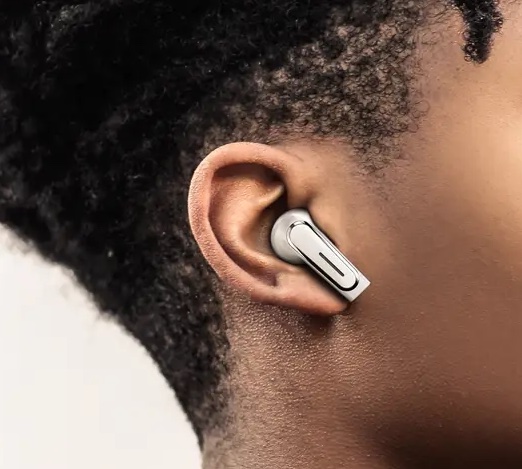
Earbud-Based Cardiac Assessment
Project Lead(s): Ken Christofferson, Thomas Kleinknecht, Vaibhav Ganatra
Goal: To assess heart health using audio transduced in the ear canal
Theme(s): Active Sensing
Skill(s) Involved: Digital Signal Processing, Machine Learning
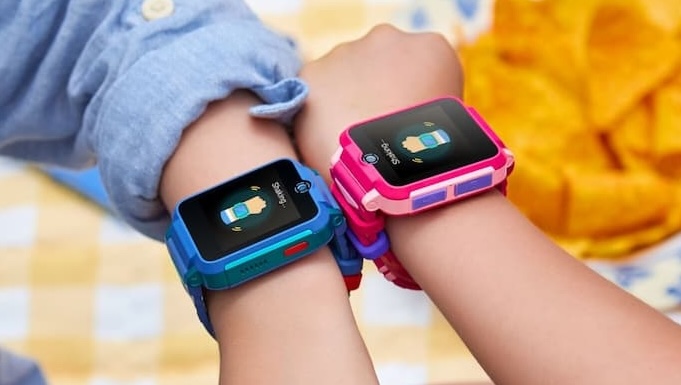
Stress Monitoring in Parenting Couples
Project Lead(s): Kelsey Stemmler
Goal: To understand how stressors impact the physiology of parents with young children
Theme(s): Passive Sensing
Skill(s) Involved: Digital Signal Processing, Machine Learning, Qualitative Methods
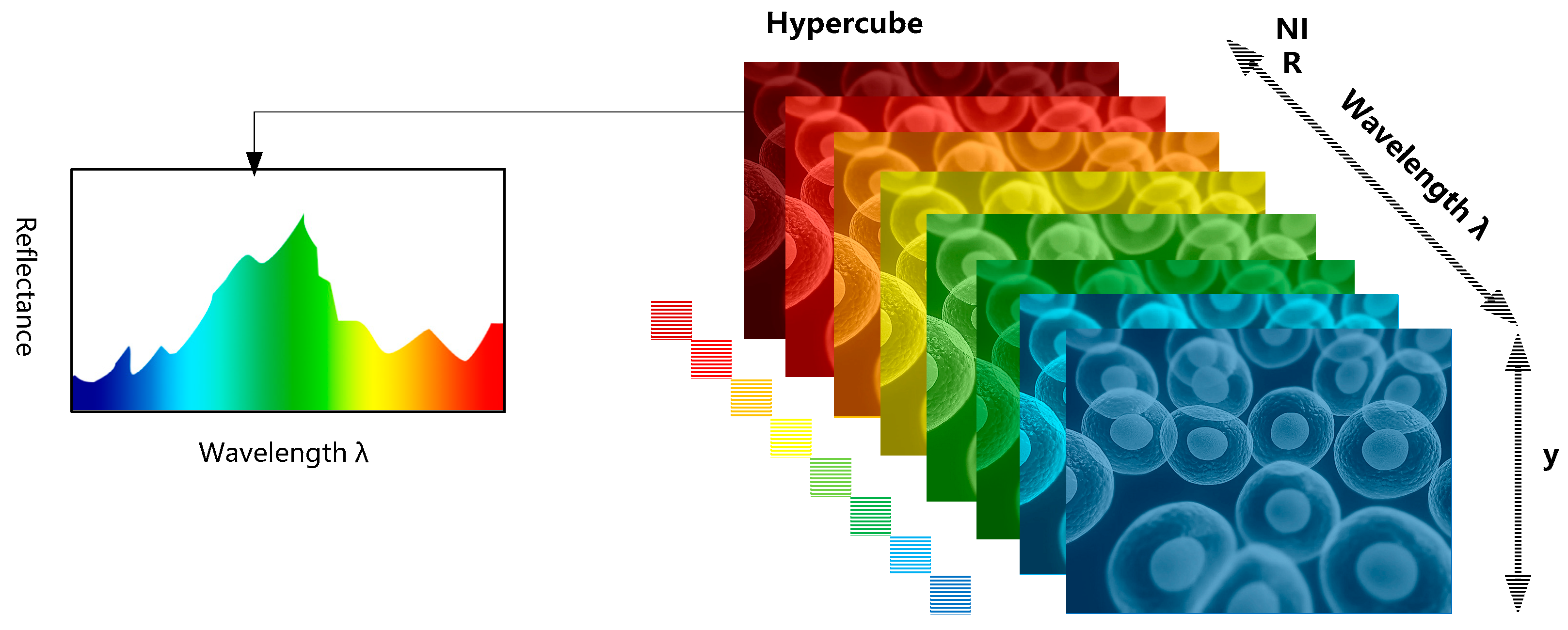
Hyperspectral Imaging with Smartphones
Project Lead(s): Dhruv Verma
Goal: To transform the smartphone into a hyperspectral camera that enables more precise color measurement
Theme(s): Active Sensing
Skill(s) Involved: Computer Vision, Hardware

Microinterventions for Health and Wellbeing
Project Lead(s): Zahra Hassanzadeh
Goal: To design adaptive nudges that help individuals take meaningful, small actions to improve themselves
Theme(s): Design
Skill(s) Involved: Qualitative Methods